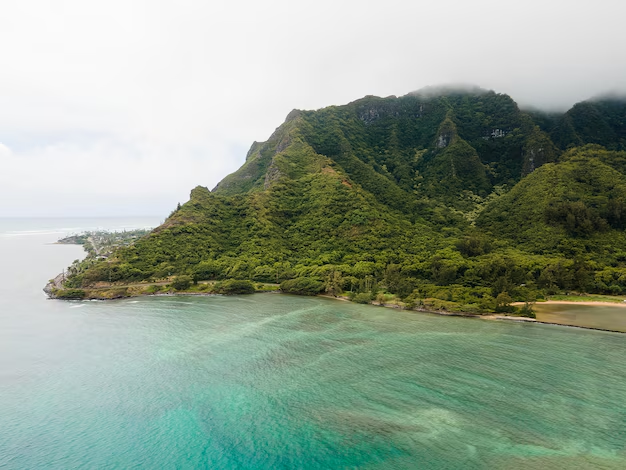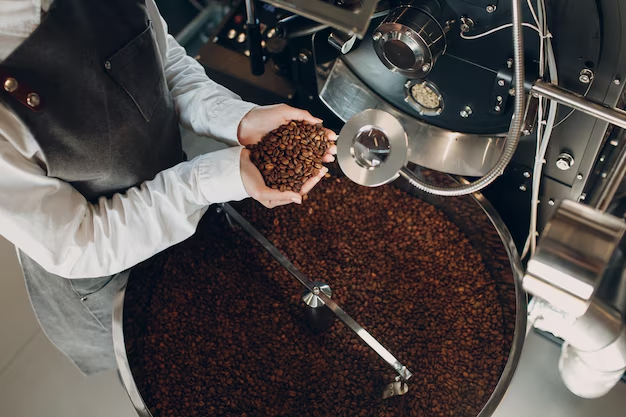
Ah, Kona coffee – the very name evokes images of lush Hawaiian landscapes and a smooth, delicious cup. But what if we told you that Kona isn’t actually a distinct type of coffee bean?
Here at KonaCoffee.com, we’re passionate about sharing our knowledge of this beloved beverage. So, buckle up for a deep dive into the world of Kona coffee and Hawaiian coffee – we’ll clear up the confusion and help you find your perfect cup!
Understanding Hawaiian Coffee Hawaiian coffee, in general, is known for its exceptional quality. Volcanic soil, ideal growing conditions, and meticulous care contribute to its unique flavor profile.
Hawaiian coffee beans are typically characterized by:
- Smooth, mild taste: Compared to coffee from other regions, Hawaiian coffee leans towards a less acidic and more delicate flavor.
- Bright acidity (sometimes): Don’t be fooled by the mildness – Hawaiian coffee can also boast a vibrant acidity that adds a refreshing touch.
- Fruity and floral notes: Hints of citrus, stone fruits, and even subtle floral aromas are common in Hawaiian coffee.
- Kona: A Region, Not a Bean Here’s the key distinction: Kona coffee isn’t a separate bean variety, but rather coffee grown in a specific region on the Big Island of Hawaii. The Kona district benefits from ideal growing conditions – volcanic slopes, consistent rainfall, and ample sunshine – that create a unique “terroir” (taste influenced by growing environment).
This terroir is what gives Kona coffee its distinct characteristics:
- Rich, smooth body: Kona coffee is renowned for its full-bodied flavor without bitterness, making it a luxurious drinking experience.
- Subtle sweetness: Hints of chocolate, nuttiness, and even caramel can grace a cup of Kona coffee. Balanced acidity: Kona coffee often walks the line between smooth and lively, with a pleasant acidity that cuts through the richness.
Exploring Other Hawaiian Coffee Regions While Kona is a star, Hawaii boasts other exceptional coffee-growing regions:
- Kau: Known for its complex flavors with notes of fruit and spice. Maui: Offers a brighter acidity with floral and citrusy hints.
- Kauai: Produces coffee with a well-rounded taste and sometimes hints of tropical fruit. Choosing
Your Perfect Hawaiian Coffee Ultimately, the best Hawaiian coffee for you depends on your taste preferences.
Do you crave a smooth, luxurious cup? Kona might be your ideal choice. Looking for something more lively with a fruity kick? Explore coffees from Maui or Kauai. Interested in a complex flavor profile? Kau coffee could be your perfect match.
KonaCoffee.com: Your Gateway to Authentic Hawaiian Coffee At KonaCoffee.com, we source 100% authentic Hawaiian coffee beans, roasted to perfection. We offer a variety of Kona and other Hawaiian coffees, allowing you to explore the unique taste profiles of each region. Browse our selection and embark on your Hawaiian coffee adventure today.



































